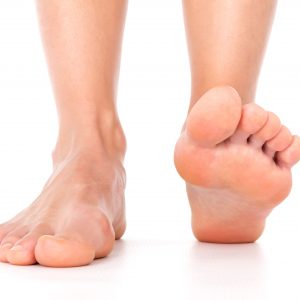Our feet are amazing things. In fact not many people realise that they house a quarter of our bodies bones, contain over 100,000 receptors in each foot and have a very large role in movement.
So why does such a small area of our body contain so many bones and receptors? It’s because our feet are designed to move and interact with the environment around us to guide our movement. As with any area in the body, when its job is no longer being done, other areas of the body need to compensate and take extra load – and the foot is no exception!
When the foot becomes stiff and loses movement, the next logical place that movement has to occur to allow us to walk and bend is the knees. The problem is that the knees were designed to have much less movement. When you compare the joint surfaces of the knee and the foot it becomes very evident that the feet are designed to have significantly more movement AND in multiple planes. The knees on the other hand are shaped to bend well but are not great at twisting.
All of the extra twisting is what puts additional unnatural stress on the ligaments and meniscus in the knee and ultimately leads to pain and injury. This is not to say that there cannot be other forces at play which could also be contributing to your knee pain.
However if you do suffer from knee pain, have a think about how well your feet are moving and try out the following quick activities:
Can you curl your feet and toes on both feet?
Can you spread your toes apart so they don’t touch each other?
These are 2 basic movements that indicate just how well your feet are moving and the condition of the muscles that support the feet.

